I've had my Mosaic GT-1/650b bike for a little over two years now. I don't ride off-road as much as on it, so it's taken a bit longer to get a good sample of rides over various routes, terrain, and locations. This bike has been on everything from long stretches of pavement to trails more suited for full-suspension mountain bikes, and here, I'll do my best to let you know how it's handled all of it.
When I first designed the frame with Mark at Mosaic Cycles, we decided to go with a frame made exclusively for 650b wheels. That does not mean that I can't put 700c wheels in it; we can. However, we tweaked the geometry to work best with the smaller wheels. I don't know exactly what my reasoning was for wanting that, except that my prior bike, a Pinarello Grevil Plus, felt great when using the 650s, and I wanted to see what a bike built mainly for that would feel like. So, the foundation was set.
I prefer a stiffer bike, so we used a bit more oversized tube set and built it using an Integrated Seat Post (ISP), which is a bit more rigid than the standard 27.2 posts used on standard Mosaic GT-1s and, in my opinion, at least, better looking. The frameset is finished with an ENVE gravel fork, Chris King headset and Mosaic's titanium seat mast topper. We chose to paint it in periwinkle as I've wanted a bike in that color since I was a kid. I guess the folks who know loved how it looked as well, as that color was the Pantone color of the year in '22!

With the sweet and very peri frame complete, I needed to select the parts. Unfortunately, we started building the frame before the Campagnolo EKAR group was available, or that is what we would have spec'd. For me, bikes that are going to be out in the middle of nowhere, it just makes sense to have a mechanical groupset. But I'm pretty picky when it comes to those, and I don't really care for the Shimano mech levers and the SRAM options were getting seriously dated, so we went with the SRAM Red/Eagle mullet group with a Quarq crank-based power meter. Ceramicspeed handled all bearing duties, including their Oversized Pulley Wheel (OSPW) system. Wheels are stock ENVE G27s with Rene Herse 650X48c Juniper Ridge tires with standard casing, which are filled with Orange Seal sealant.
I opted for a standard alloy bar and stem, using Deda's Zero 100 stem and Gravel bars. The stem is 120mm in length while the bars are a wide 460mm in width and finished off with my favorite tape that Deda unfortunately does not make anymore. The saddle is a MOST model in what I believe to be a 150mm width. I use Shimano XTR pedals which we recently upgraded with Meti titanium spindles and ceramic bearings (which we now have in stock, BTW). Finally, everything is held together with titanium fasteners while King titanium cages keep the bottles in place.

I remember being a bit nervous waiting for the frame to arrive. I actually loved the Pinarello Grevil Plus and was really hoping that there would not be a drop in performance or feeling. I love my titanium road bikes but I wanted to know if the gravel version would be heavier and not as fast or stiff. Finally, the frame arrived and the first thing I noticed how smart Pantone was to follow my lead and make periwinkle the color of the year, though next time, I'd like a little shout-out if that is not too much to ask.
Then after building it up, I took it for a quick spin around the block. Even though I know you need a few good rides to really start feeling what a bike is capable of and how it feels and responds to the rider's inputs, I could tell immediately that this bike was an upgrade to the Pinarello. Not to take anything away from the Grevil, that was a sweet bike, but this felt like it was on another level.
The first ride was one of our standard loops, starting with a road climb and then lots of steep fire roads that are pretty rutted out. There are three nice and long single track sections that are also pretty rutted out and fast including a final section that goes down some nice steps with a teeny tiny tire width escape path to the left of the steps if you can hold a straight line. The ride is about 50 miles with approximately 6,000 feet of climbing, so a very nice shakeout ride. On the longer climbs, I didn't feel any negatives of riding the smaller 650b wheels. It felt fast (or as fast as I could take it), accelerated and tracked very well. In full disclosure, though, I swapped bikes with my friend for a few minutes on a climb, and the 700c wheels did feel a bit faster but not by much, and it didn't slow me down or feel like I had to use more energy to keep up. Where it shined for me, though, was on the rutted-out and twisty singletrack sections.

The 650s just seem to work better for me on the type of routes we have here in Marin. I also hit a few water bars a lot harder than I should have and the wheel/tire combination was perfect, with no flats anywhere. The bike also felt light. I don't even know how much it weighs, but it has that lithe feeling when riding it, which is more important to me than a final weight number (OK, since I know you'd all ask, I just went and weighed it and it's 18.32 pounds with pedals, cages and computer mount). If I cared enough and wanted to get that number lower, I'd throw on a lighter saddle, stem, handlebar, rotors, cassette, wheels and some of the Rene Herse Extralight Juniper Ridge tires and am pretty sure that I could get this to close to 17.5 pounds which is lighter than some of my road bikes.
This bike offers so much confidence on technical terrain and descents that it allows me to ride more stress-free. I am far from the fastest descender around these parts, so any advantage there is huge. All the parts on the build have worked great as well. We have not had to true the wheels once (and I have had some pretty big hits on them), the cages have kept my bottles secure, the tires have been super durable and have worked well in every condition I've put them through, and the SRAM parts have worked mostly well. I say mostly because, of course, I had a dead battery issue. I always charge the battery on the rear derailleur and have never had that fail, but after traveling to Sun Valley and getting about ten miles into what was going to be a long ride with a friend, my shifting stopped working. I was super confused as I pulled the battery off the charger minutes before starting the ride. I could shift up the cassette to the climbing gears, but it would not go back down. So I kept hitting the left shifter until I was in my 42-50 until I realized the battery in the shifter itself went bad. Of all the times for this to happen, on a vacation and on a ride that I'd been looking forward to for months. It doesn't seem like a big deal - ride back home, grab a battery and start over. But one, not sure if you've tried riding on a flat road in a 42-50, but it's nearly impossible, so that took forever to get back, and two, we were on a tight timeline, so we didn't have time to get back out on that ride. In the end, I had a gorgeous mountain bike ride, but the lesson was to replace the lever batteries often or at least before that big vacation. Or, better yet, use a mechanical group.
In the end, I love this bike. There is zero reason for me to think about getting another one as it does everything well and handles every riding situation I could ask for from a bike in this category. That won't stop me, of course, and I'm looking forward to the next one so I have something new to tell you about.
Thanks for reading, and if you have any questions at all about anything related to this bike, give me a holler!

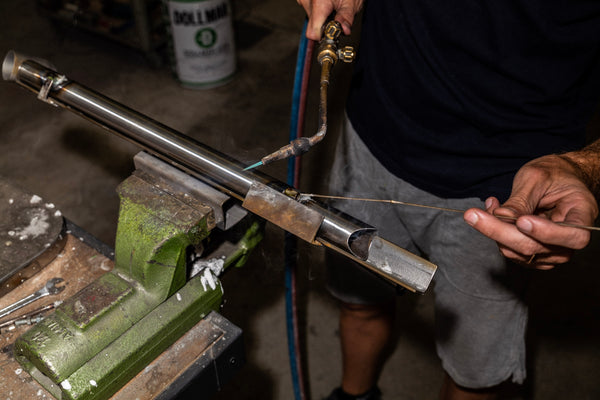
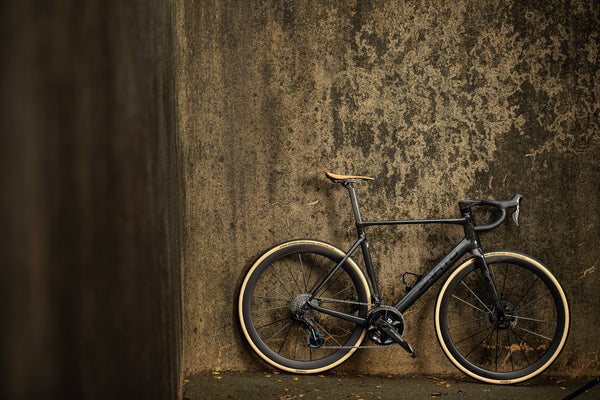
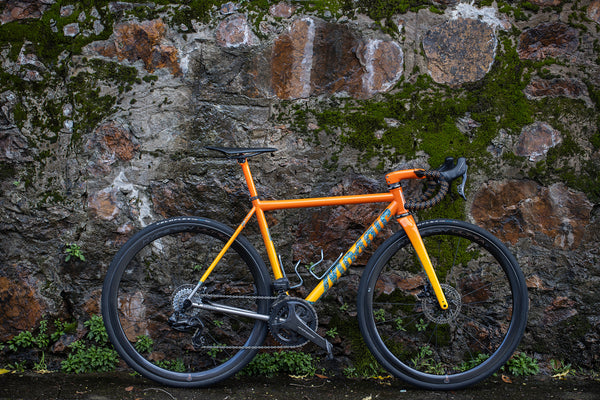

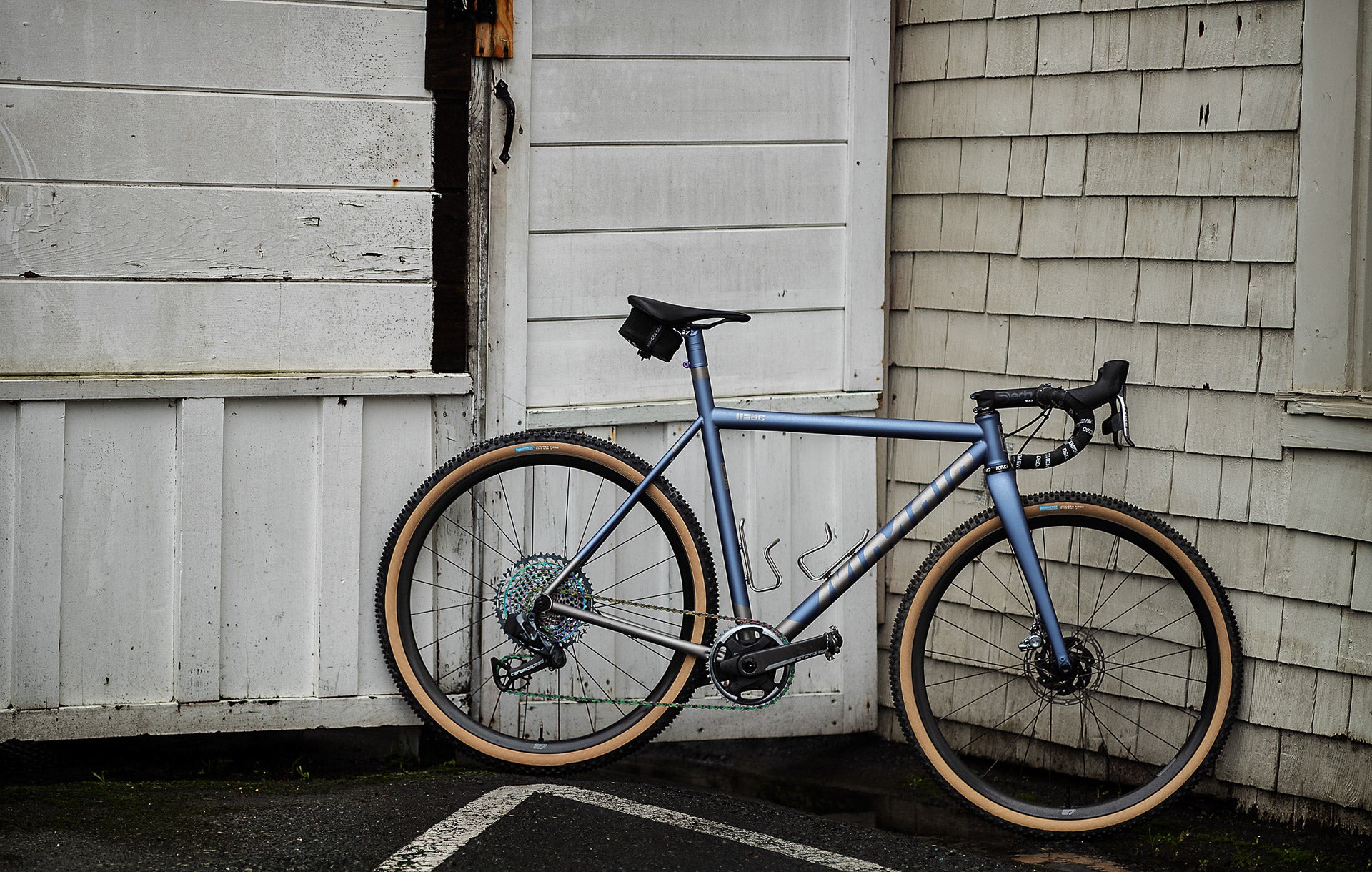




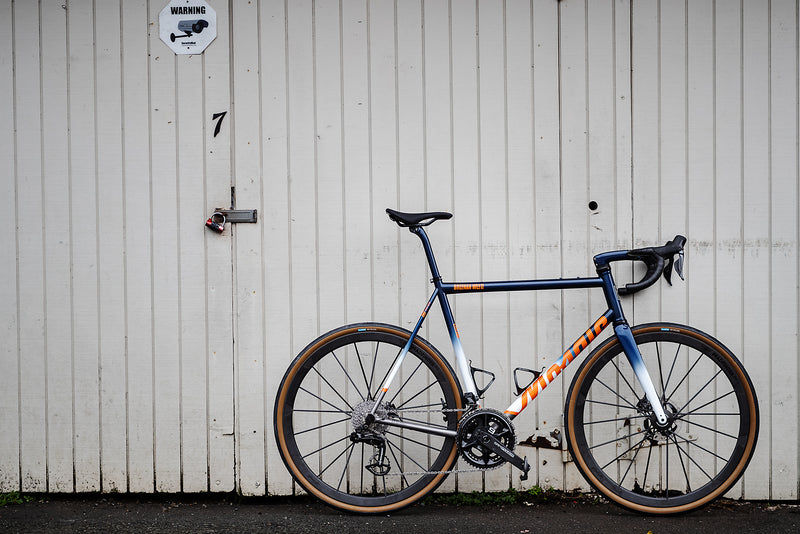


Back to Journal